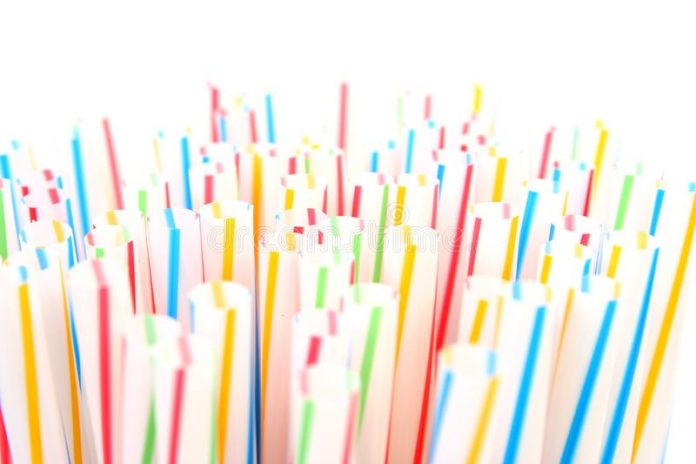Plastic is polluting our rivers, lakes, and oceans, harming wildlife, and generating microplastics in the water we use and drink. Every year, Canadians throw away 3 million tonnes of plastic waste, only nine per cent of which is recycled, meaning the vast majority of plastics end up in landfills and about 29,000 tonnes finds its way into our natural environment.
The Government announced the next steps in Canada’s plan to achieve zero plastic waste by 2030. The plan will protect wildlife and our waters, reduce greenhouse gas emissions, and create jobs.
A key part of the plan is a ban on harmful single-use plastic items where there is evidence that they are found in the environment, are often not recycled, and have readily available alternatives. Based on those criteria, the six items the Government proposes to ban are plastic checkout bags, straws, stir sticks, six-pack rings, cutlery, and food ware made from hard-to-recycle plastics.
This list of items was published today in the discussion paper Proposed Integrated Management Approach to Plastic Products to Prevent Waste and Pollution. This plan also proposes improvements to recover and recycle plastic, so it stays in our economy and out of the environment. The Government of Canada is proposing to establish recycled content requirements in products and packaging. This will drive investment in recycling infrastructure and spur innovation in technology and product design to extend the life of plastic materials.
The Government wants to hear from Canadians and stakeholders on this approach to protect the environment from plastic pollution and reduce waste through a more circular economy. Comments will be accepted until December 9, 2020. Regulations will be finalized by the end of 2021.
The Government of Canada is collaborating with provinces and territories through the Canadian Council of Ministers of the Environment. Together, all federal, provincial and territorial governments agreed to the Canada-wide Strategy on Zero Plastic Waste that lays out a vision for a circular economy for plastics, as well as a two-phase action plan that is being jointly implemented. Provinces, territories, and municipalities are leaders in the recovery and recycling of plastic waste. The Government of Canada is continuing to work with them to strengthen existing programs and increase Canada’s capacity to reuse and recover more plastics. This will include collaborating with them to develop pan-Canadian targets to ensure that rules are consistent and transparent across the country, and make producers and sellers of plastic products responsible for collecting them.
Minister Wilkinson also took the opportunity to announce over $2M through the Zero Plastic Waste Initiative for 14 new Canadian-led plastic reduction initiatives. These projects are led by communities, organizations, and institutions, and will promote the development of new and innovative solutions to prevent, capture and remove plastic pollution from the environment.
By improving how we manage plastic waste and investing in innovative solutions, we can reduce 1.8 million tonnes of greenhouse gas emissions per year and create approximately 42,000 jobs across the country.
In Canada, single-use plastics make up most of plastic litter that is found in freshwater environments.
In Canada, up to 15 billion plastic bags are used every year and close to 57 million straws are used daily.
Over 35 countries around the world have already taken action by banning certain single use plastics, including U.K., France, Italy.








